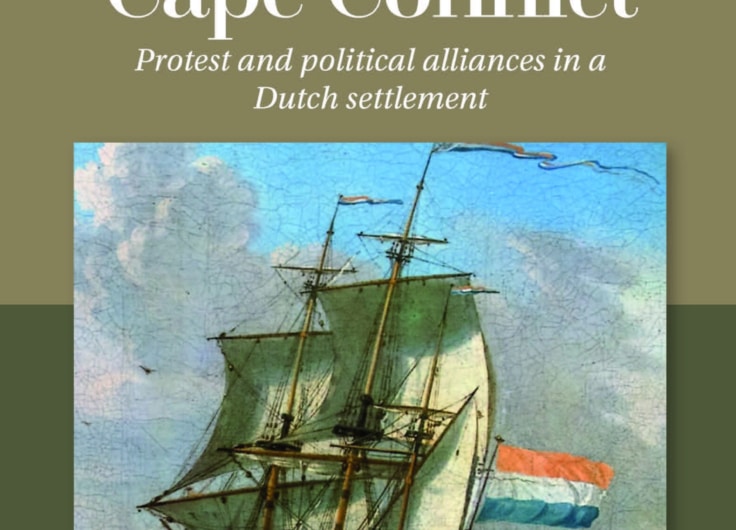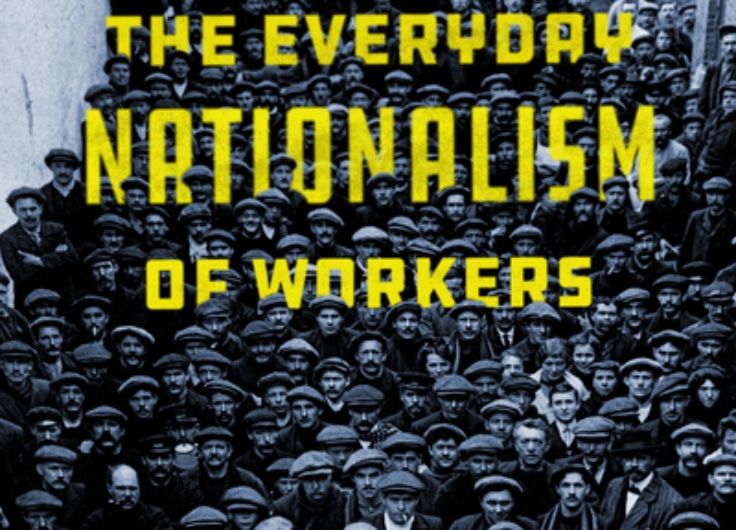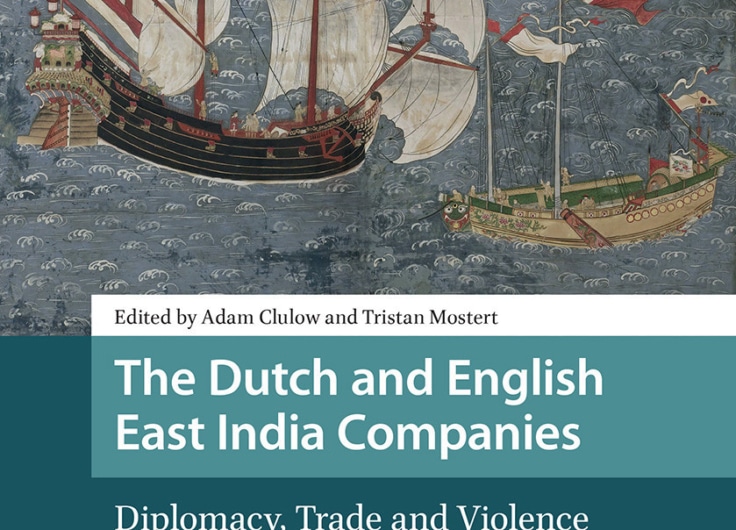Harvest of the University Press (spring 2020)
Universities all over the world publish academic monographs and scientific journals on the Low Countries. In this article, we present you with a selection of recent university press publications in English. Some can be downloaded for free.
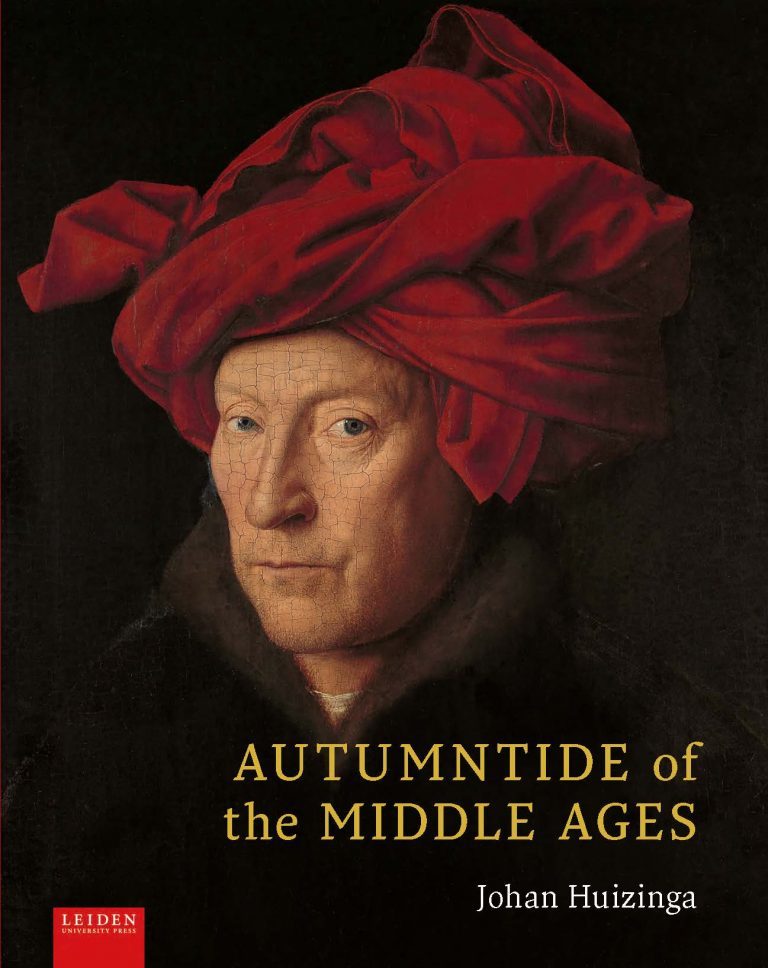
Autumntide of the Middle Ages
Johan Huizinga
A new English translation of Huizinga’s Herfsttij der Middeleeuwen, which is celebrating its centenary and still ranks as one of the most perceptive and influential analyses of the medieval period. It is a classic study of life, culture and thought of fourteenth and fifteenth century France and the Low Countries.
This is a new and unabridged translation of Huizinga’s text and aims to capture its importance as a landmark of historical scholarship as well as remarkable work of literature. The translation is based on the Dutch edition of 1941 – the last edition Huizinga worked on and checked during his life. The retranslation is as faithful to the Dutch original as possible and will include beautiful new English renderings of the Old and Middle French poems. Over 300 works of art, illuminated manuscripts and miniatures pertinent to Huizinga’s discourse will be included as well as a complete bibliography of Huizinga’s own reading and an up-to-date introduction.
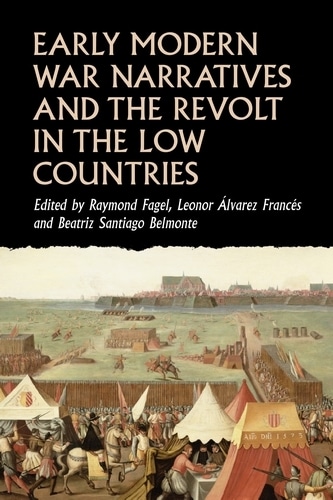
Early modern war narratives and the Revolt in the Low Countries
Raymond Fagel, Leonor Álvarez Francés and Beatriz Santiago Belmonte (eds.)
By the end of the sixteenth century, stories about the Revolt in the Low Countries (c. 1567-1648) had begun to spread throughout Europe. These stories had very different authors with very different intentions. Over time the plethora of sources and interpretations faded away, leaving us with opposing canonical narratives.
The Dutch and Spanish national myths were forged on the basis of two visions of the conflict: as a liberation war against cruel Spanish oppressors and as a glorious episode in the history of the Spanish Empire. This volume delves into the early, seemingly anecdotal stories of the war to map the great variety and interconnection of the narratives. It asks such questions as how did the Jesuits write about the Revolt, what can we find in Italian chronicles and how did the war look from the perspective of a local nobleman or a Spanish commander?
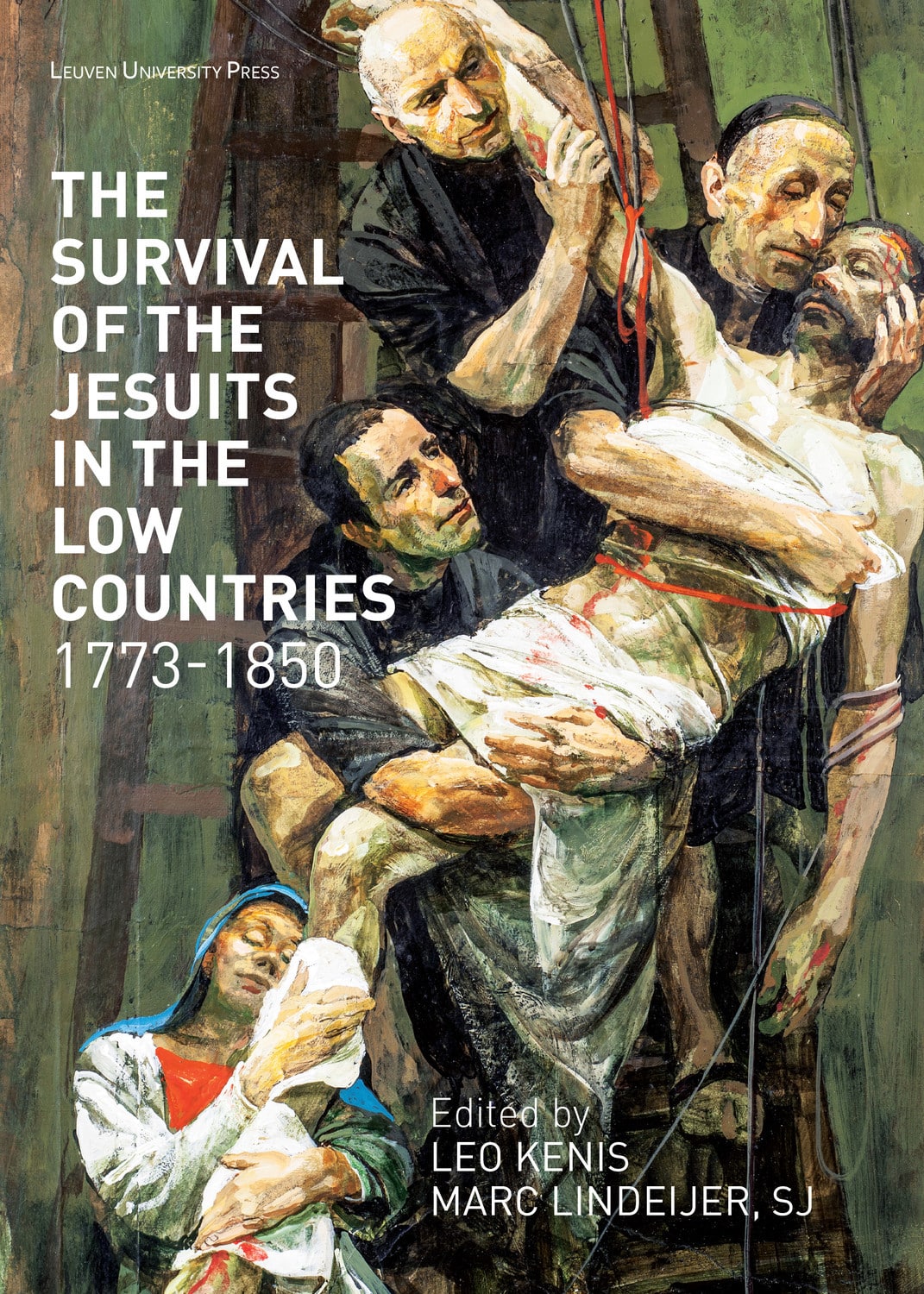
The Survival of the Jesuits in the Low Countries (1773-1850)
Leo Kenis and Marc Lindeijer (eds.)
In 1773, Pope Clement XIV suppressed the Society of Jesus. For the 823 Jesuits living in the Low Countries, it meant the end of their institutional religious life. In the Austrian Netherlands, the Jesuits were put under strict surveillance, but in the Dutch Republic they were able to continue their missionary work. It is this regional contrast and the opportunities it offered for the Order to survive that make the Low Countries an exceptional and interesting case in Jesuit history.
Just as in White Russia, former Jesuits and new Jesuits in the Low Countries prepared for the restoration of the Order, with the help of other religious, priests, and lay benefactors. In 1814, eight days before the restoration of the Society by Pope Pius VII, the novitiate near Ghent opened with eleven candidates from all over the United Netherlands. Barely twenty years later, the Order in the Low Countries – by then counting one hundred members – formed an independent Belgian Province. A separate Dutch Province followed in 1850. Obviously, the reestablishment, with new churches and new colleges, carried a heavy survival burden: in the face of their old enemies and the black legends they revived, the Jesuits had to retrieve their true identity, which had been suppressed for forty years.
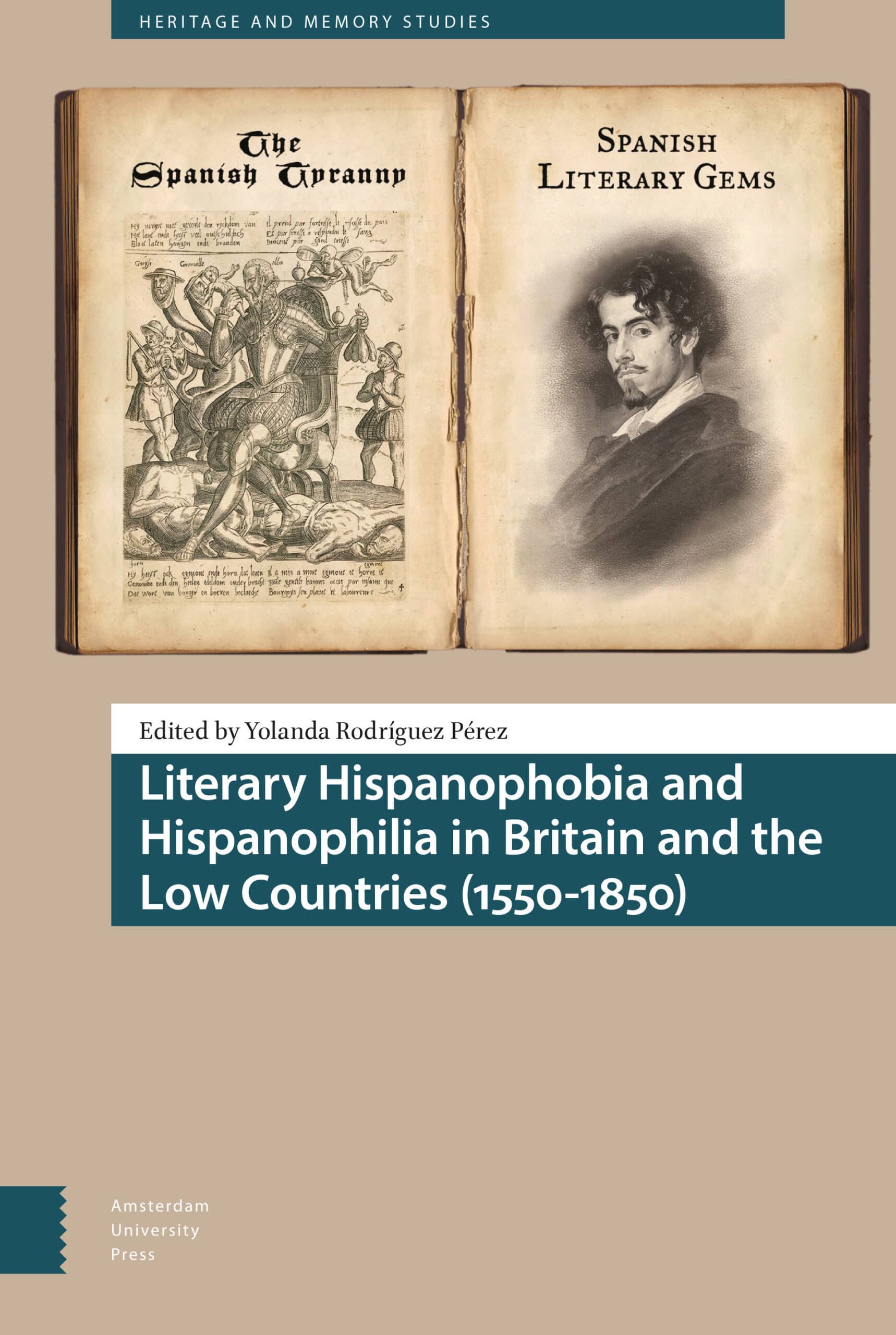
Literary Hispanophobia and Hispanophilia in Britain and the Low Countries (1550-1850)
Yolanda Rodríguez Pérez (red.)
Spain has been a fruitful locus for the European imagination for centuries, and it has been most often perceived in black-and-white oppositions – either as a tyrannical and fanatical force in the early modern period or as an imaginary geography of a ‘Romantic’ Spain in later centuries. However, the image of Spain, its culture and its inhabitants did not evolve inexorably from negative to positive.
From the early modern period onwards, it responded to an ambiguous matrix of conflicting Hispanophobic and Hispanophilic representations. Just as in the nineteenth century latent negative stereotypes continued to resurface, even in the Romantic heyday, in the early modern period appreciation for Spain was equally undeniable. When Spain was a political and military superpower, it also enjoyed cultural hegemony with a literary Golden Age producing internationally hailed masterpieces. Literary Hispanophobia and Hispanophilia in Britain and the Low Countries (1550-1850) explores the protracted interest in Spain and its culture, and it exposes the co-existent ambiguity between scorn and fascination that characterizes Western historical perceptions, in particular in Britain and the Low Countries, two geographical spaces with a shared sense of historical connectedness and an overlapping, sometimes complicated, history with Spain.
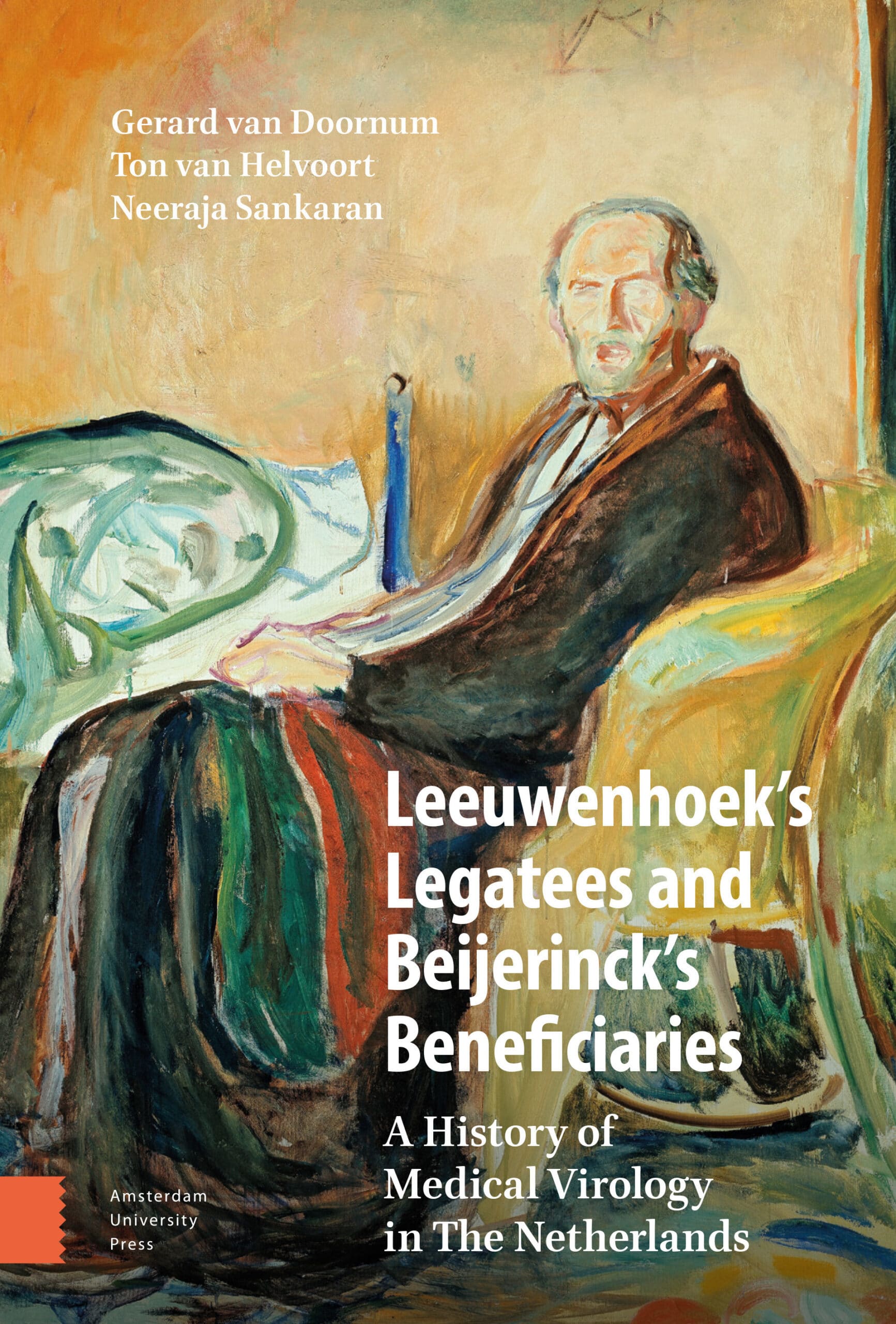
Leeuwenhoek’s Legatees and Beijerinck’s Beneficiaries
Gerard van Doornum, Ton van Helvoort, Neeraja Sankaran
Leeuwenhoek’s Legatees and Beijerinck’s Beneficiaries: A History of Medical Virology in The Netherlands offers a tour of the history of Dutch medical virology. Beginning with the discovery of the first virus by Martinus Beijerinck in 1898, the authors investigate the reception and redefinition of his concept in medical circles and its implications for medical practice. The relatively slow progress of these areas in the first half of the twentieth century and their explosive growth in the wake of molecular techniques are examined.
The surveillance and control of virus diseases in the field of public health is treated in depth, as are tumour virus research and the important Dutch contributions to technical developments instrumental in advancing virology worldwide. Particular attention is paid to oft forgotten virus research in the former Dutch colonies in the East and West Indies and Africa.
Free download eBook / Amsterdam University Press
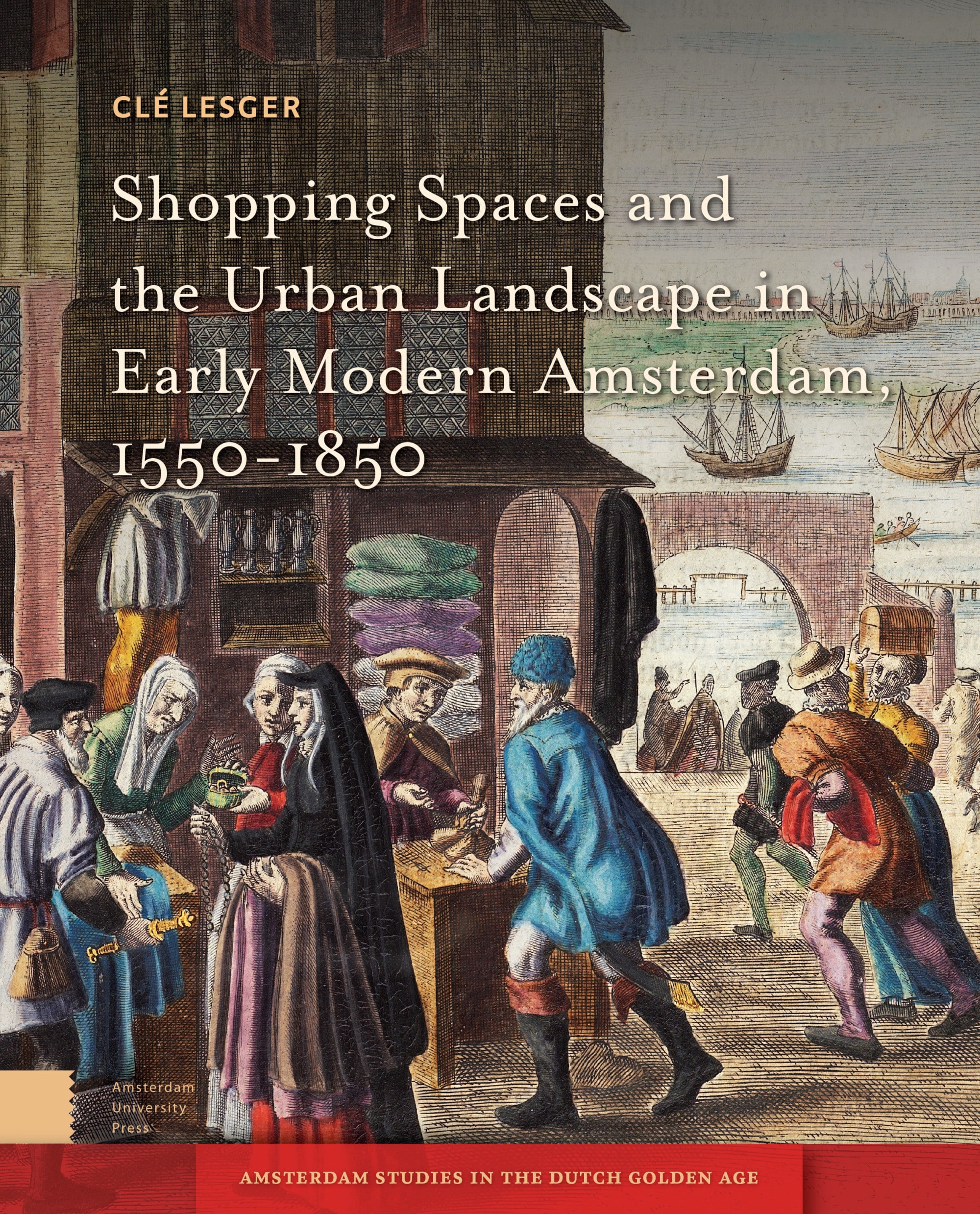
Shopping Spaces and the Urban Landscape in Early Modern Amsterdam, 1550-1850
Clé Lesger
In this study, the appearance and location of shops in Amsterdam during the early modern period is linked to major changes in the urban economy, the size and socio-spatial distribution of its population, and the structure of the urban grid. Not only is there ample attention for the spatial distribution of shops across the urban landscape, but for the first time it is also accurately charted what the exterior and interior of Amsterdam shops looked like and how they changed in the course of the centuries. Partly as a result of this, it has proved possible to give an impression of the ways in which retailers and customers interacted.
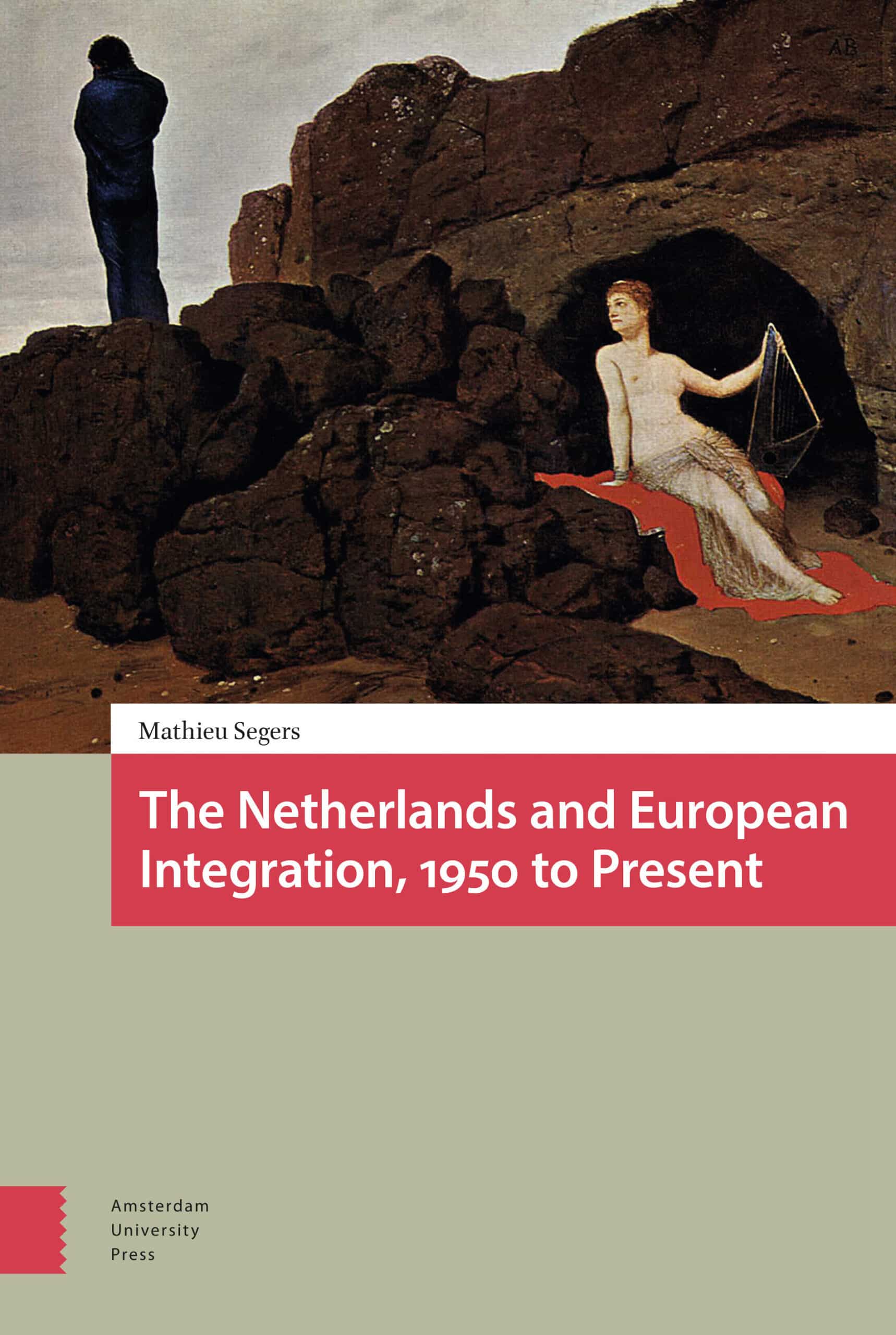
The Netherlands and European Integration, 1950 to Present
Mathieu Segers
On 9 May 1950, France launched a revolutionary plan for supranational cooperation in Western Europe. The Netherlands was taken completely by surprise. In the decades that followed, European integration moved forward at an unprecedented pace, taking the Netherlands with it. Geography and the post-war world seemed to leave the country no other choice. European integration forced — and is still forcing — the Netherlands on a far-reaching ‘journey to the continent’.
For the Netherlands, European integration represents a difficult journey to a new old world that often seems far off. How has that journey progressed so far? Why did the Netherlands join the common European market and currency from the very beginning? Was this course inevitable? And where has it brought the country?
Using new, international source material, The Netherlands and European Integration, 1950 to Present digs deeply into the history of the Netherlands in Europe — a subject that is today more topical than ever.
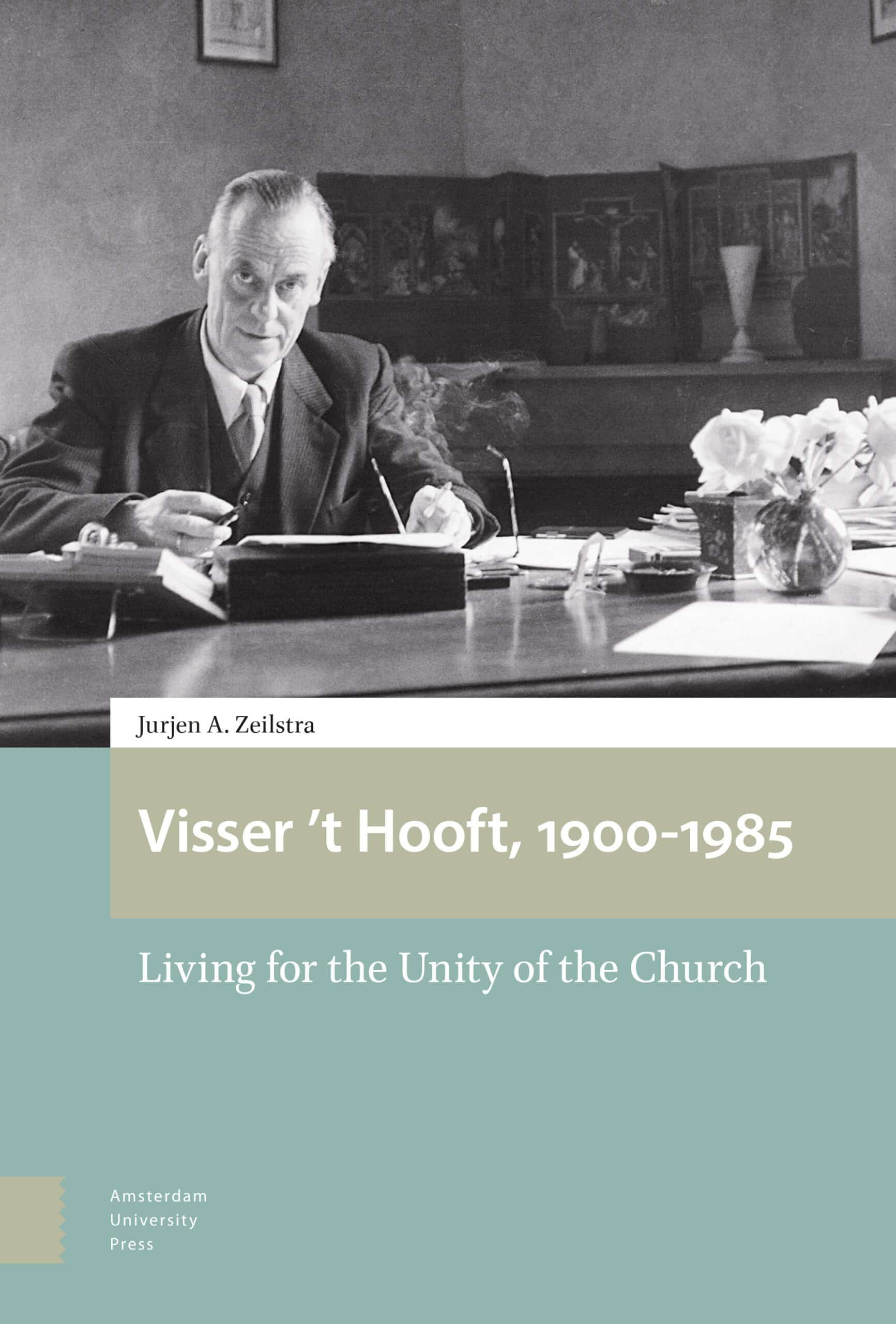
Visser ‘t Hooft, 1900-1985 – Living for the Unity of the Church
Jurjen Zeilstra
God’s diplomat, the pope of the ecumenical movement, but also an acerbic theologian and a difficult person: this is how journalists characterised Willem Adolf Visser ’t Hooft (1900-1985). He was one of the best-known Dutch theologians outside the Netherlands and he left his mark on the world church. Even at an early age, he made profound efforts in support of international ecumenical youth and student organisations (Dutch Student Christian Movement, YMCA and World Student Christian Federation). He led the World Council of Churches during its formative stages (from 1938), and after its formal establishment in 1948 became its first general secretary, serving until 1966. To Visser ’t Hooft, the unity of the church was both an article of faith and a pragmatic organisation of church influence in a disunited world.
Free Download eBook / Amsterdam University Press
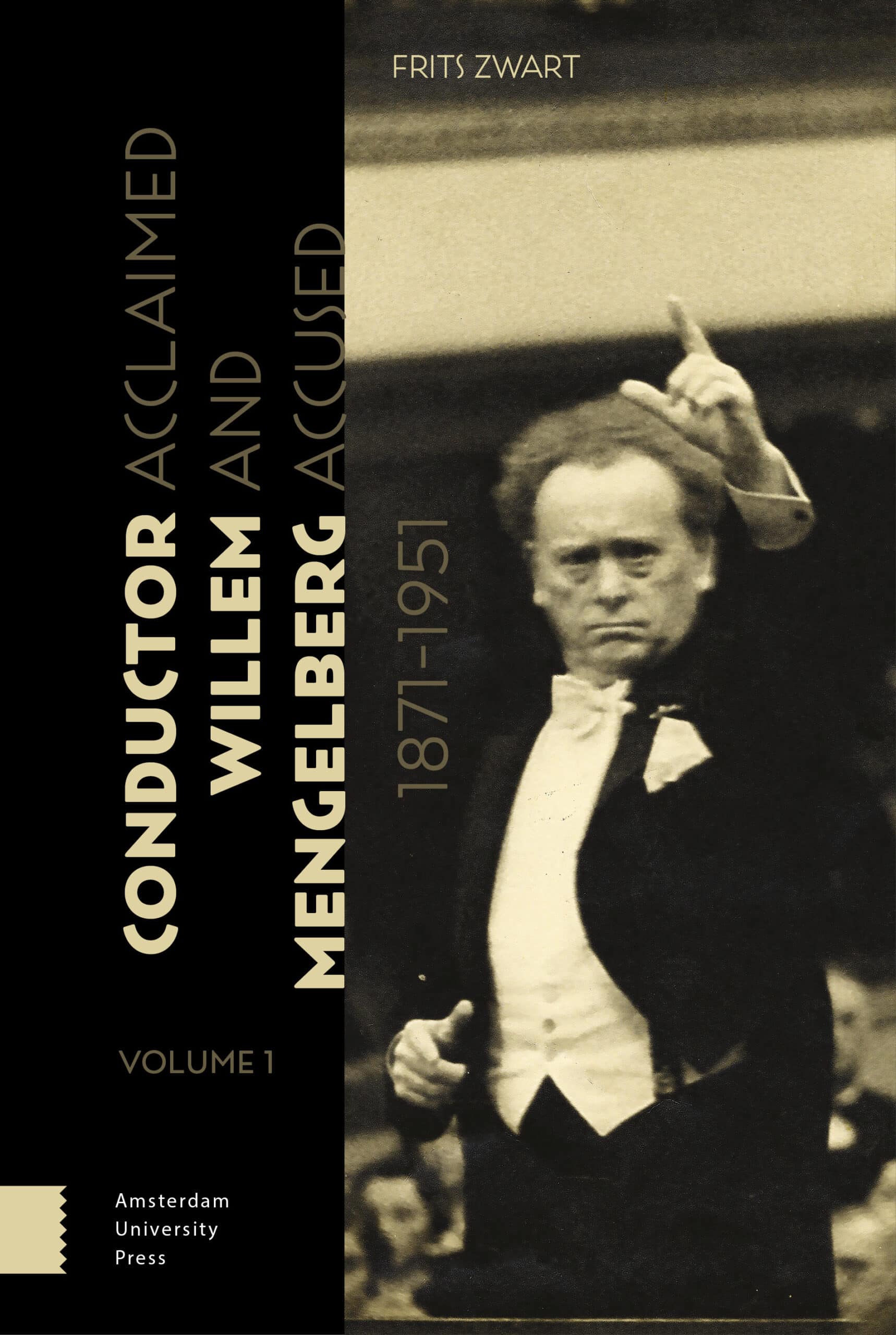
Conductor Willem Mengelberg, 1871-1951 – Acclaimed and Accused – Volume I
Frits Zwart
Willem Mengelberg is undeniably the greatest conductor in Dutch music history. In his biography, Frits Zwart carefully examines a musical life lived. Mengelberg was not only one of the world’s greatest, he had an excellent reputation as a trainer of orchestral ensembles, responsible for the international reputation of his own Concertgebouw as well as many others including the New York Philharmonic.
A champion of numerous composers, including Mahler and Strauss, Mengelberg was the founder of the renowned tradition of annual performances of Bach’s St. Matthew Passion. As Chief Conductor of Amsterdam’s (now Royal) Concertgebouw Orchestra, Mengelberg developed it into one of the world’s most illustrious, simultaneously forging a music life of international eminence for its city of residence. His recordings bear witness to a singular musical interpreter.
In 1920, Mengelberg was even more popular than his own Queen, yet a mere thirty years later he died in exile, banned to his remote Swiss chalet. Willem Mengelberg fell from grace, becoming a despised, disputed target of gossip, jealousy and rebuke. His dubious role during World War II has since overshadowed his extraordinary career. Zwart contests that few have ever surpassed Mengelberg‘s international musical legend.
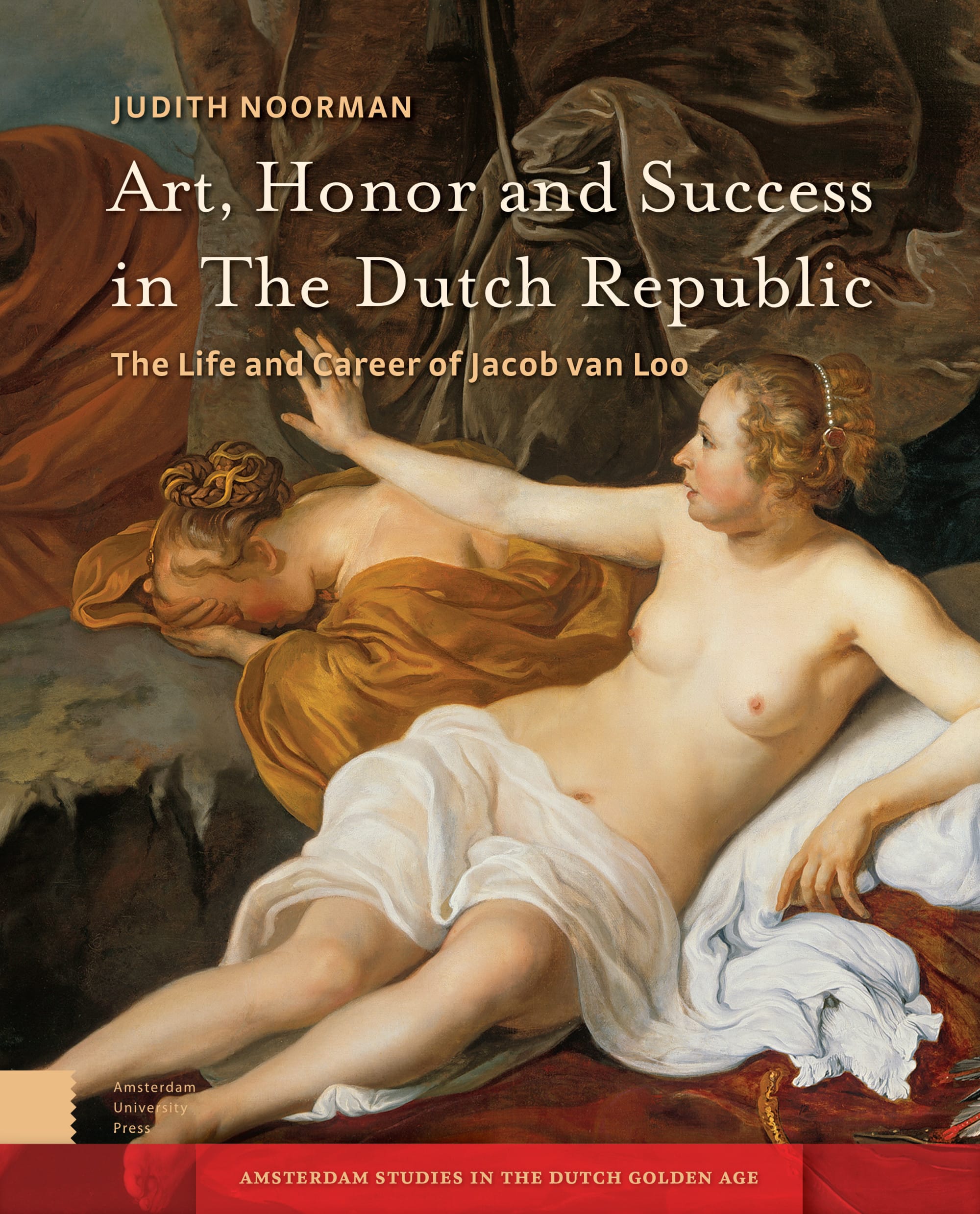
Art, Honor and Success in The Dutch Republic – The Life and Career of Jacob van Loo
Judith Noorman
Focusing on the interrelationship between Jacob van Loo’s art, honor, and career, this book argues that Van Loo’s lifelong success and unblemished reputation were by no means incompatible, as art historians have long assumed, with his specialization in painting nudes and his conviction for manslaughter.
Van Loo’s iconographic specialty – the nude – allowed his clientele to present themselves as judges of beauty and display their mastery of decorum, while his portraiture perfectly expressed his clients’ social and political ambitions. Van Loo’s honor explains why his success lasted a lifetime, whereas that of Rembrandt, Frans Hals, and Vermeer did not. Taking an interdisciplinary approach, this book reinterprets the manslaughter case as a sign that Van Loo’s elite patrons recognized him as a gentleman and highly-esteemed artist.


